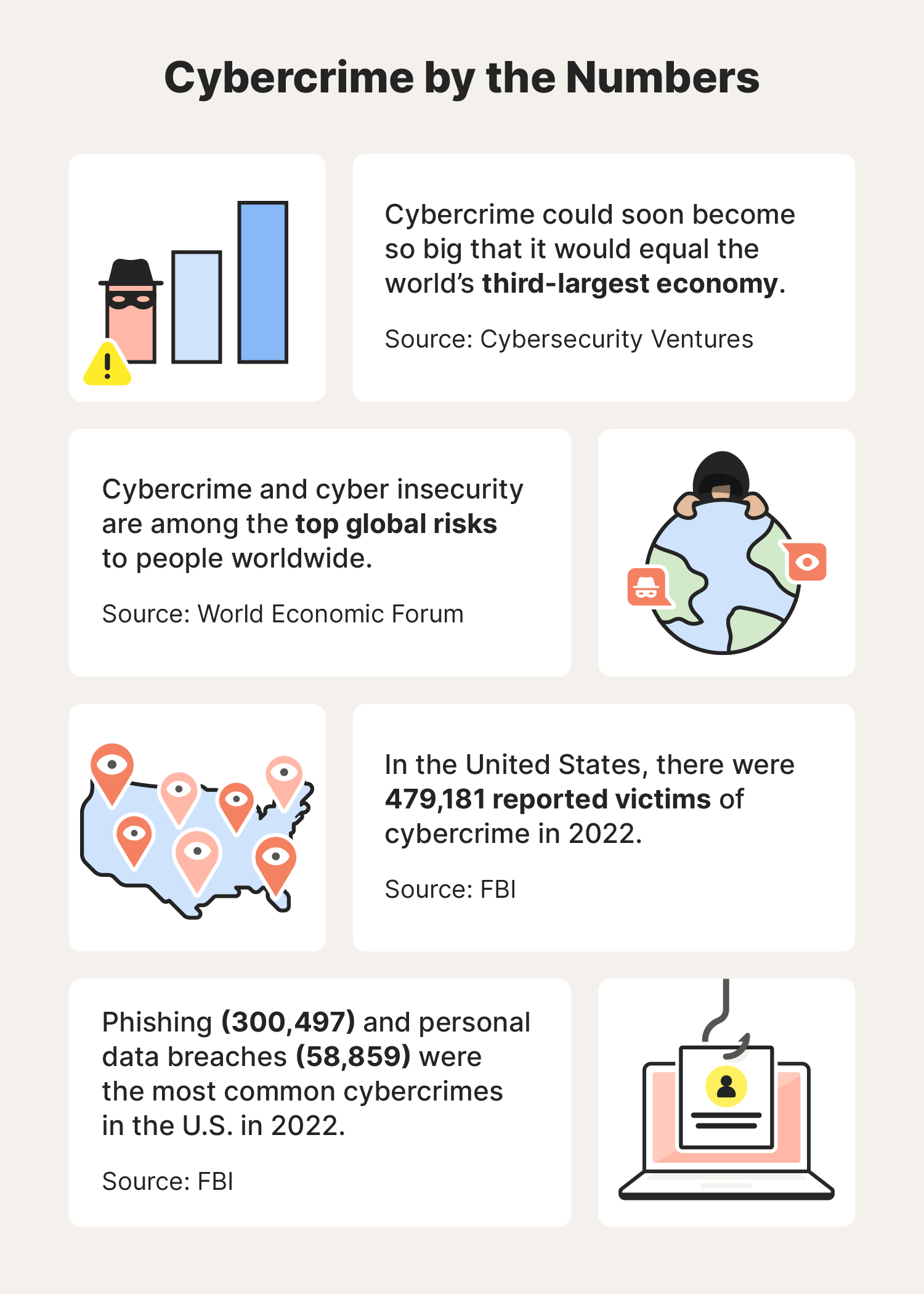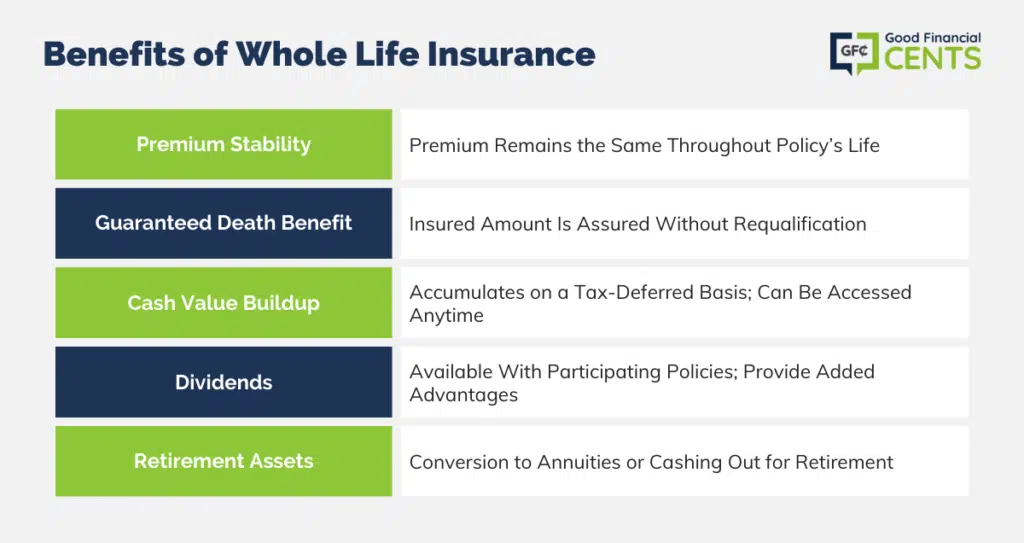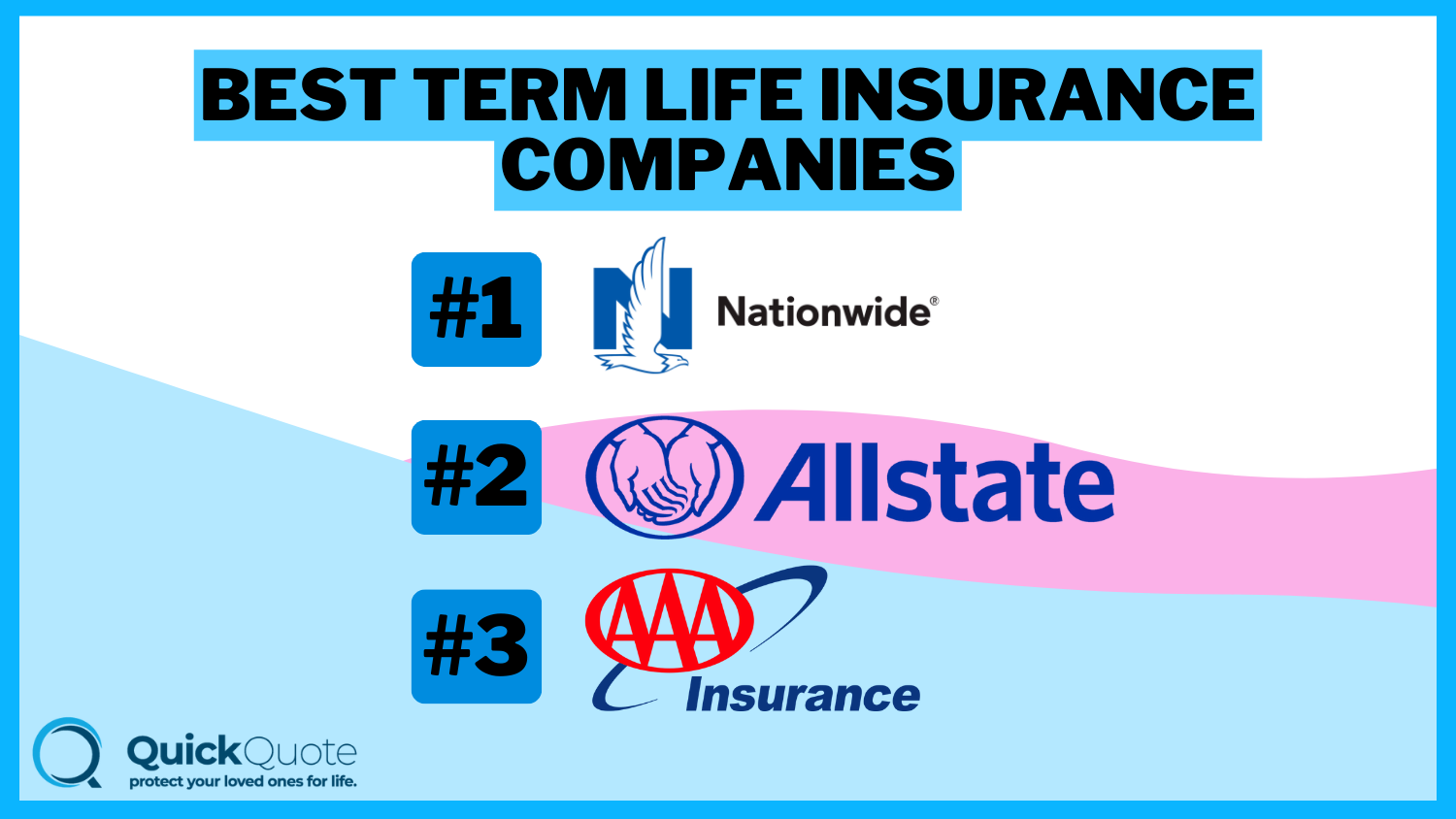Pedestrian vs. Car Accident: The Ultimate Guide
Picture this: you’re walking down a bustling sidewalk, lost in your thoughts when suddenly, a speeding car careens out of control and plows into you. The impact sends you flying, and you’re left lying in the street, wondering what just happened. Pedestrian vs. car accidents are a grim reality, claiming the lives of thousands each year. This ultimate guide will equip you with the knowledge you need to navigate the aftermath of such an event.
The Aftermath: Physical, Emotional, and Legal Trauma
The aftermath of a pedestrian vs. car accident can be devastating. The physical injuries can range from minor bruises to life-threatening head or spinal cord injuries. The emotional trauma can be just as severe, with victims experiencing anxiety, depression, and post-traumatic stress disorder (PTSD). And to top it all off, there’s the legal battle that often follows, adding to the financial and emotional burden.
Seeking Medical Attention and Legal Representation
If you’re involved in a pedestrian vs. car accident, seeking medical attention is paramount. Don’t downplay your injuries; even minor ones can worsen over time. Once your health is stabilized, it’s crucial to secure legal representation. An experienced attorney can guide you through the complexities of the legal process, ensuring you receive fair compensation for your injuries and losses.
Common Causes of Pedestrian vs. Car Accidents
Pedestrian vs. car accidents can happen for various reasons. Driver negligence, such as speeding, distracted driving, or driving under the influence, is a major factor. Pedestrian negligence, such as failing to obey traffic signals or walking while intoxicated, can also contribute to accidents. Other factors include poor road design, insufficient lighting, and inclement weather.
Preventing Pedestrian vs. Car Accidents
Preventing pedestrian vs. car accidents requires a collective effort from drivers, pedestrians, and policymakers. Drivers must obey traffic laws, pay attention to their surroundings, and avoid distractions. Pedestrians should use crosswalks, obey traffic signals, and avoid walking while intoxicated. Policymakers can implement measures such as improving road design, enhancing lighting, and enforcing stricter traffic laws to make our streets safer for all.
Pedestrian vs. Car Accident: A Shocking Reality
Every year, countless lives are shattered by the devastating impact of pedestrian vs. car accidents. These incidents, often leaving behind a trail of tragedy and despair, demand our attention and a thorough examination of their causes.
When a pedestrian and a car collide, the consequences can be catastrophic. The sheer force of the impact can inflict severe injuries, ranging from broken bones to traumatic brain damage. In the most tragic cases, these accidents result in fatalities, leaving behind grieving families and shattered communities.
Causes of Pedestrian vs. Car Accidents
These accidents can be attributed to a multitude of factors, including:
- Distracted Driving: The allure of smartphones and other electronic devices has become a major distraction for drivers, leading to countless accidents. When drivers take their eyes off the road, even for a moment, they put pedestrians at risk.
- Speeding: Excessive speed gives drivers less time to react to unexpected situations, such as a pedestrian crossing the street. The higher the speed, the greater the impact and the more severe the injuries.
- Impaired Driving: Alcohol and drug use impair a driver’s judgment, coordination, and reaction time. Driving under the influence significantly increases the risk of pedestrian accidents.
- Pedestrian Negligence: While drivers bear a significant responsibility, pedestrians also have a role to play in preventing accidents. Jaywalking, crossing against traffic signals, and wearing dark clothing at night can all increase their vulnerability.
- Poor Road Design: Inadequate lighting, missing crosswalks, and obstructed sightlines can contribute to pedestrian accidents. When roads are not designed with pedestrian safety in mind, they become more dangerous for everyone.
Pedestrian vs. Car Accident: A Guide to Understanding the Risks
Pedestrian vs. car accidents are a major public safety concern, with thousands of people injured or killed each year. These accidents can be particularly devastating for pedestrians, who are often left with serious or even life-threatening injuries. In this article, we’ll explore the risks of pedestrian vs. car accidents and provide information on what to do if you’re involved in one.
Injuries in Pedestrian vs. Car Accidents
Pedestrians are especially vulnerable in car accidents due to their lack of protection. They often suffer serious injuries, including:
* Head trauma: Pedestrians can suffer head injuries from being struck by a car, even at low speeds. These injuries can range from mild concussions to severe brain damage.
* Broken bones: Pedestrians can also suffer broken bones in car accidents, especially in the legs, arms, and ribs. These injuries can be painful and debilitating, and may require surgery to repair.
* Internal injuries: Pedestrians can also suffer internal injuries in car accidents, such as damage to the lungs, heart, or abdominal organs. These injuries can be life-threatening, and require immediate medical attention.
What to Do If You’re Involved in a Pedestrian vs. Car Accident
If you’re involved in a pedestrian vs. car accident, it’s important to stay calm and take the following steps:
* Call 911: Call 911 immediately to report the accident and request medical assistance.
* Stay at the scene: Don’t leave the scene of the accident, even if you’re not injured. This will help the police investigate the accident and determine who was at fault.
* Exchange information: Exchange information with the driver of the car, including your name, address, phone number, and insurance information.
* Take photos: If possible, take photos of the accident scene, including the damage to the car and any injuries you’ve sustained. This will help you document the accident and support your insurance claim.
* Get medical attention: Even if you don’t feel injured, it’s important to get medical attention after a pedestrian vs. car accident. Some injuries may not be immediately apparent, and it’s better to be safe than sorry.
Pedestrian vs. Car Accidents: Who’s at Fault?
When a pedestrian and a car collide, it’s like two ships passing in the night – except one ship is made of metal and the other is made of flesh and bone. And just like those ships, the aftermath of a pedestrian vs car accident can be devastating, leaving both parties injured and confused about who’s to blame.
Liability in Pedestrian vs. Car Accidents
Figuring out who’s liable in a pedestrian vs car accident is a tricky puzzle. Each case has its own unique set of circumstances, making it a challenge to determine fault.
Comparative Negligence
In many states, the doctrine of comparative negligence applies to pedestrian vs car accidents. This means that both the pedestrian and the driver can be held responsible for the accident, based on their percentage of fault.
Factors Affecting Liability
When determining liability, courts consider a variety of factors, including:
- Who had the right of way?
- Was either party impaired by alcohol or drugs?
- Were there any witnesses to the accident?
- Was the pedestrian in a crosswalk?
- Improving Infrastructure: Safe pedestrian infrastructure is essential. This includes well-lit crosswalks, sidewalks, and pedestrian-friendly traffic signals. Safety features such as median barriers and pedestrian islands can also reduce the risk of accidents.
- Increasing Public Awareness: Many pedestrian accidents are caused by distracted driving. By raising public awareness about the dangers of distracted driving and encouraging drivers to put their phones away, we can save lives.
- Enforcing Traffic Laws: Speeding, running red lights, and failing to yield to pedestrians are all major contributing factors to pedestrian accidents. Stricter enforcement of traffic laws can deter dangerous driving behavior and make our roads safer.
- Educating Pedestrians: Pedestrians also have a responsibility to be aware of their surroundings and take precautions to avoid accidents. This includes looking both ways before crossing the street, using crosswalks, and wearing bright clothing at night.
- Promoting Walkable Communities: Encouraging walking and creating walkable communities can reduce the number of pedestrian accidents. This means investing in pedestrian infrastructure, promoting public transportation, and making it easier for people to walk to their destinations.
- Be a responsible driver. Put your phone away, obey the speed limit, and yield to pedestrians.
- Be a visible pedestrian. Wear bright clothing at night, use crosswalks, and make eye contact with drivers before crossing the street.
- Get involved in your community. Advocate for pedestrian safety improvements and support organizations that are working to prevent pedestrian accidents.
Proving Negligence
To prove negligence, the injured party must show that the other party breached their duty of care, which is the legal obligation to act reasonably to prevent harm to others. In pedestrian vs car accidents, this can be difficult to prove, as there are often conflicting accounts of what happened.
Seeking Compensation
If you’re injured in a pedestrian vs car accident, it’s important to seek medical attention immediately. Once you’re stable, you should talk to an experienced attorney to discuss your legal options. You may be entitled to compensation for your medical expenses, lost wages, and pain and suffering.
Preventing Pedestrian vs. Car Accidents
The best way to avoid pedestrian vs car accidents is to be aware of your surroundings and follow the rules of the road. Pedestrians should always use crosswalks and obey traffic signals. Drivers should yield to pedestrians and be cautious when driving in areas with heavy pedestrian traffic.
Pedestrian vs. Car Accidents: A Preventable Tragedy
In the blink of an eye, a life can change forever. A pedestrian crossing the street, a car turning the corner – a collision occurs. The impact can be devastating, leaving both the pedestrian and the driver physically and emotionally scarred. Sadly, pedestrian versus car accidents are all too common, but they don’t have to be. By taking proactive steps and raising awareness, we can prevent these tragedies from happening.
According to the National Highway Traffic Safety Administration (NHTSA), in 2020, there were over 6,500 pedestrian fatalities in the United States. That’s more than 17 deaths every single day. Pedestrians are among the most vulnerable road users, and they deserve our protection.
Preventing Pedestrian vs. Car Accidents
There are a number of things that can be done to prevent pedestrian versus car accidents, including:
Preventing pedestrian versus car accidents is a shared responsibility. By working together, we can create safer roads for everyone.
What can you do to help?
Together, we can make our roads safer for everyone.
Pedestrian vs. Car Accident: A Collision of Consequences
When a pedestrian and a car collide, the results can be catastrophic. Pedestrians, lacking the protection of a vehicle, are particularly vulnerable in these accidents. Understanding what to do in the aftermath of such an incident is crucial for mitigating the physical, emotional, and legal ramifications.
Immediate Actions
In the aftermath of a pedestrian vs. car accident, it is imperative to prioritize your well-being. Seek medical attention promptly, even if your injuries seem minor. Adrenaline can mask the severity of certain injuries, which may worsen over time.
Contact the police immediately to report the accident. They will create an official record of the event, which will be essential for insurance and legal purposes. Exchange contact information with the driver involved, but avoid making any statements that could potentially be construed as an admission of fault.
Legal Options
After seeking immediate medical attention, it is advisable to contact a lawyer. A qualified attorney can review the circumstances of your accident, assess your legal rights, and guide you through the process of obtaining compensation for your injuries. Insurance companies may attempt to minimize your claims, but an experienced lawyer can ensure that your rights are protected.
Documenting Evidence
To strengthen your legal case, it is crucial to document as much evidence as possible after the accident. Take pictures of the scene, your injuries, and any damage to your property or the vehicle involved. Gather any witness statements that may corroborate your version of events.
Insurance Claims
Filing an insurance claim is often necessary after a pedestrian vs. car accident. Contact your own insurance company as well as the driver’s insurance company to report the incident. Be prepared to provide details of the accident, including the time, location, and circumstances. It is essential to be accurate and thorough when providing information to the insurance companies.
Long-Term Recovery
The physical, emotional, and financial consequences of a pedestrian vs. car accident can be far-reaching. Physical injuries may require extensive rehabilitation and therapy. Emotional trauma can linger long after the physical wounds have healed. It is important to seek support from family, friends, or mental health professionals during this challenging time.
The financial burden of medical expenses, lost wages, and other accident-related costs can be overwhelming. Discuss your financial options with your lawyer and explore resources that may assist you with these expenses.




Leave a Reply